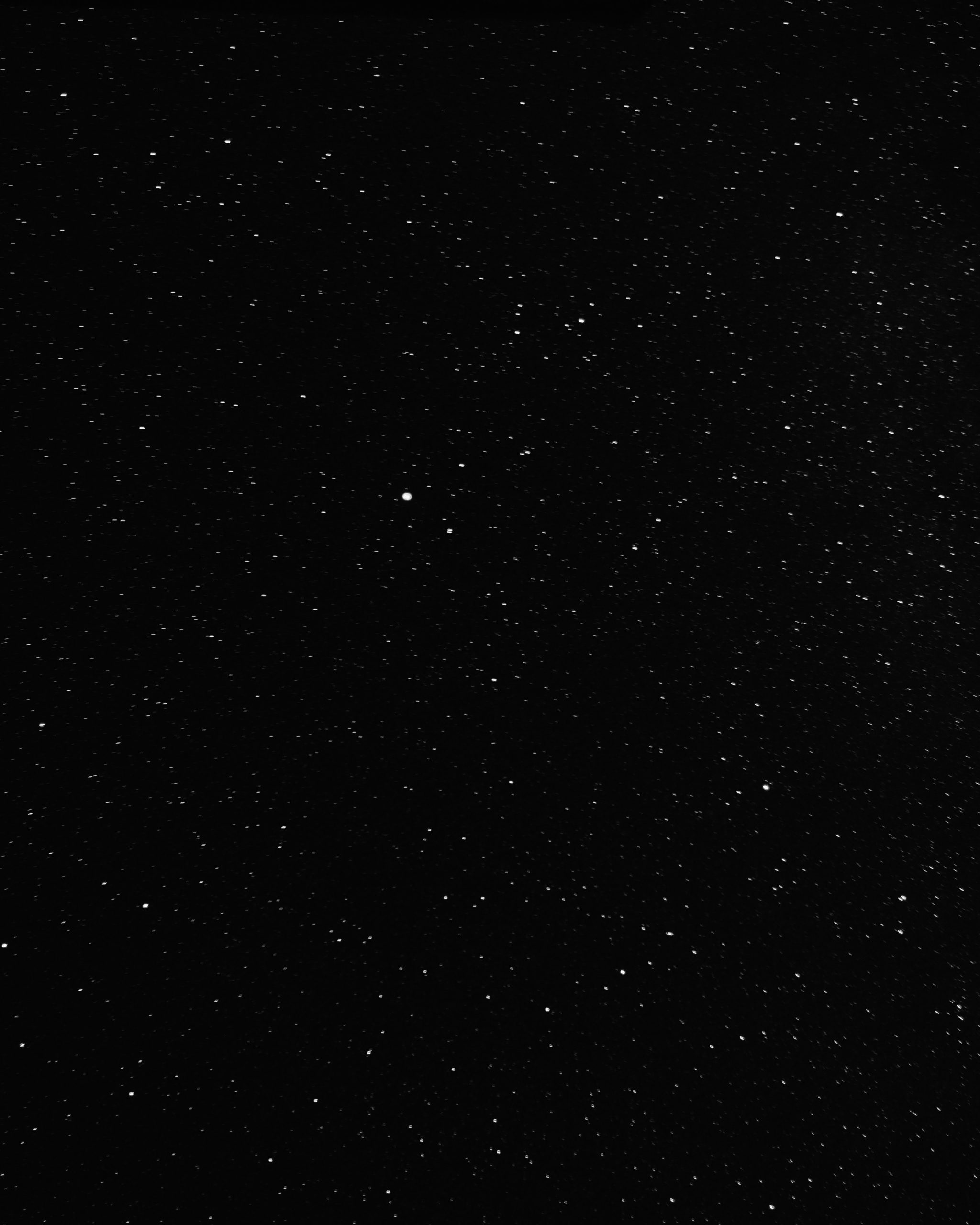Exploring the Waning Gibbous: A Fascinating Lunar Phase
As the moon journeys through its monthly cycle, it displays a beautiful array of phases that captivate our imagination. One such phase is the waning gibbous, a celestial spectacle that continues to mesmerize both astronomers and sky gazers alike. In this comprehensive guide, we will delve deep into the world of the waning gibbous, exploring its definition, characteristics, and the wonders it brings. So, let’s embark on this lunar odyssey and uncover the mysteries of the waning gibbous phase!
Understanding Lunar Phases
Before we dive into the specifics of the waning gibbous, let’s take a moment to refresh our understanding of lunar phases in general. The moon, Earth’s natural satellite, undergoes a continuous cycle known as the lunar phase cycle. This cycle encompasses eight distinct phases, each determined by the moon’s position in relation to the sun and Earth.
These phases, in chronological order, are: new moon, waxing crescent, first quarter, waxing gibbous, full moon, waning gibbous, third quarter, and waning crescent. From complete darkness during the new moon to the brilliant full moon, each phase offers a unique visual experience and has its own significance.
The Definition of Waning Gibbous
Now that we have a broad understanding of lunar phases, let’s focus our attention on the waning gibbous phase. The term “waning” refers to a decreasing or diminishing state, while “gibbous” indicates a shape that is larger than a half-moon but not quite fully illuminated.
During the waning gibbous phase, the moon is more than half-full but gradually decreasing in illumination. This phase occurs after the full moon phase and before the third quarter phase. As the moon travels along its orbit, the angle between the sun, Earth, and the moon causes the waning gibbous phase to appear.
Characteristics of the Waning Gibbous
The waning gibbous phase boasts several distinctive characteristics that set it apart from the other lunar phases. Let’s take a closer look at these features:
- Illumination: During the waning gibbous phase, the moon is more than 50% illuminated but less than 100%. Its brightness gradually diminishes as it approaches the third quarter phase.
- Shape and Visibility: In terms of shape, the waning gibbous appears as a convex shape with a significant portion illuminated. This visibility makes it easy to spot in the night sky.
- Position in the Sky: The waning gibbous rises in the east in the late evening and remains visible until dawn. It can often be seen high in the sky during the early morning hours.
- Timing: The waning gibbous phase typically lasts for about a week. However, the exact duration may vary slightly depending on the moon’s orbit.
Scientific Explanation behind the Waning Gibbous
To fully appreciate the waning gibbous phase, it’s essential to grasp the scientific principles that govern this phenomenon. The varying lunar phases occur due to the relative positions of the moon, Earth, and the sun.
During the waning gibbous phase, the moon is positioned between the full moon and the third quarter. As a result, sunlight only illuminates a portion of the moon’s surface visible from Earth. The angle at which sunlight reaches the moon creates the diminishing, convex shape associated with the waning gibbous phase.
Furthermore, since the moon orbits around the Earth and both revolve around the sun, the specific timing and appearance of the waning gibbous phase may vary. Factors such as the moon’s distance from the Earth and its trajectory play a role in determining the visual characteristics exhibited during this phase.
Waning Gibbous and Lunar Influence
The moon has long captivated human fascination, and various cultures have attributed symbolic significance to its different phases. Similarly, the waning gibbous phase carries its own significance and is associated with various beliefs and practices around the world.
Many believe that the waning gibbous phase is an ideal time for reflection, letting go, and releasing negative energy. It is often associated with shedding old habits, breaking free from emotional attachments, and renewing oneself for the next phase of life.
In astrology, the waning gibbous phase is seen as a time of culmination and experience. It is believed to enhance intuition and psychic abilities, making it a suitable period for introspection and self-discovery.
Observable Celestial Objects during the Waning Gibbous Phase
During the waning gibbous phase, the moon shares the sky with other celestial objects, creating opportunities for stargazers and astronomers to observe captivating phenomena. Let’s explore some noteworthy objects often seen during this lunar phase:
| Celestial Object | Description |
|---|---|
| Planets | During the waning gibbous phase, planets such as Mars, Jupiter, and Saturn may be visible in the night sky. Their bright, distinct appearances can complement the illuminated moon. |
| Stars | The waning gibbous phase enhances stargazing since the moon’s illumination reduces the overall brightness of the sky. Distant stars become more visible due to the reduced lunar glare. |
| Meteor Showers | Occasionally, meteor showers coincide with the waning gibbous phase. These meteor showers provide an excellent opportunity for sky gazers to witness shooting stars and enjoy celestial fireworks. |
Conclusion
The waning gibbous phase represents a remarkable and visually stunning aspect of the moon’s monthly journey. Shining bright in the night sky, it captivates our senses and prompts us to explore the wonders of the universe. From its diminishing luminosity to its unique shape, the waning gibbous never fails to leave us in awe.
So, next time you find yourself gazing up at the starry night, try to spot the enchanting waning gibbous phase. Embrace the moment, reflect on its symbolic significance, and revel in the celestial beauty that surrounds us all.
Table of Contents
